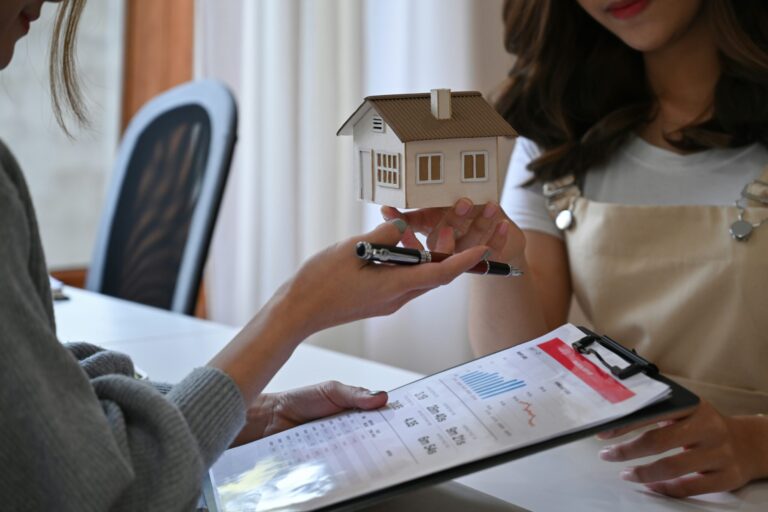The green building sector is experiencing an unprecedented surge in demand for eco-friendly, energy-efficient homes, as reported by the National Association of Home Builders (NAHB) on January 8, 2025. This shift marks a pivotal moment in the housing market, with sustainability now emerging as a central priority for both homebuyers and developers. As more consumers become environmentally conscious, the housing industry is responding to an overwhelming call for homes that not only reduce carbon footprints but also contribute to long-term environmental benefits.
The eco-friendly housing trend has gained significant momentum, driven by a combination of factors including increased environmental awareness, rising energy costs, and a growing desire for homes that support a sustainable lifestyle. Homebuyers are now more focused than ever on the energy efficiency of their homes, looking for features like solar panels, high-performance insulation, and energy-efficient appliances. As a result, developers are adapting to meet this demand, integrating renewable energy sources and advanced technologies into new construction projects.
One of the key catalysts in this movement is the introduction of tax incentives designed to encourage both developers and buyers to invest in green homes. These incentives make eco-friendly homes more affordable, allowing a broader range of consumers to make sustainable choices. For developers, these benefits provide financial relief, making it easier to adopt cutting-edge building practices and materials that minimize environmental impact. This dynamic is creating a ripple effect throughout the market, where sustainability is becoming a competitive edge for developers aiming to attract the growing number of eco-conscious buyers.
Beyond the immediate demand for green homes, this trend is expected to reshape the housing market for years to come. As sustainability becomes a standard feature, new construction projects will increasingly focus on environmental performance. Green building practices such as the use of sustainable materials, advanced energy systems, and waste-reduction strategies are likely to become commonplace in residential development. Over time, this will shift the perception of green homes from a niche offering to an industry-wide standard.
The ongoing green building boom is also expected to spark significant innovation in sustainable construction technologies. As demand increases, developers and manufacturers will be motivated to create new solutions that make green homes even more efficient, cost-effective, and accessible to the mass market. In particular, advances in energy storage, smart home technologies, and renewable energy systems are likely to push the boundaries of what is possible in eco-friendly housing.
As this movement gains momentum, it is clear that the future of housing will be increasingly defined by sustainability. The shift towards energy-efficient, eco-conscious homes is not just a passing trend—it’s a transformative change that reflects broader societal shifts toward environmental responsibility and long-term sustainability. For both homeowners and builders, this is an exciting time as they contribute to a greener, more sustainable future.
